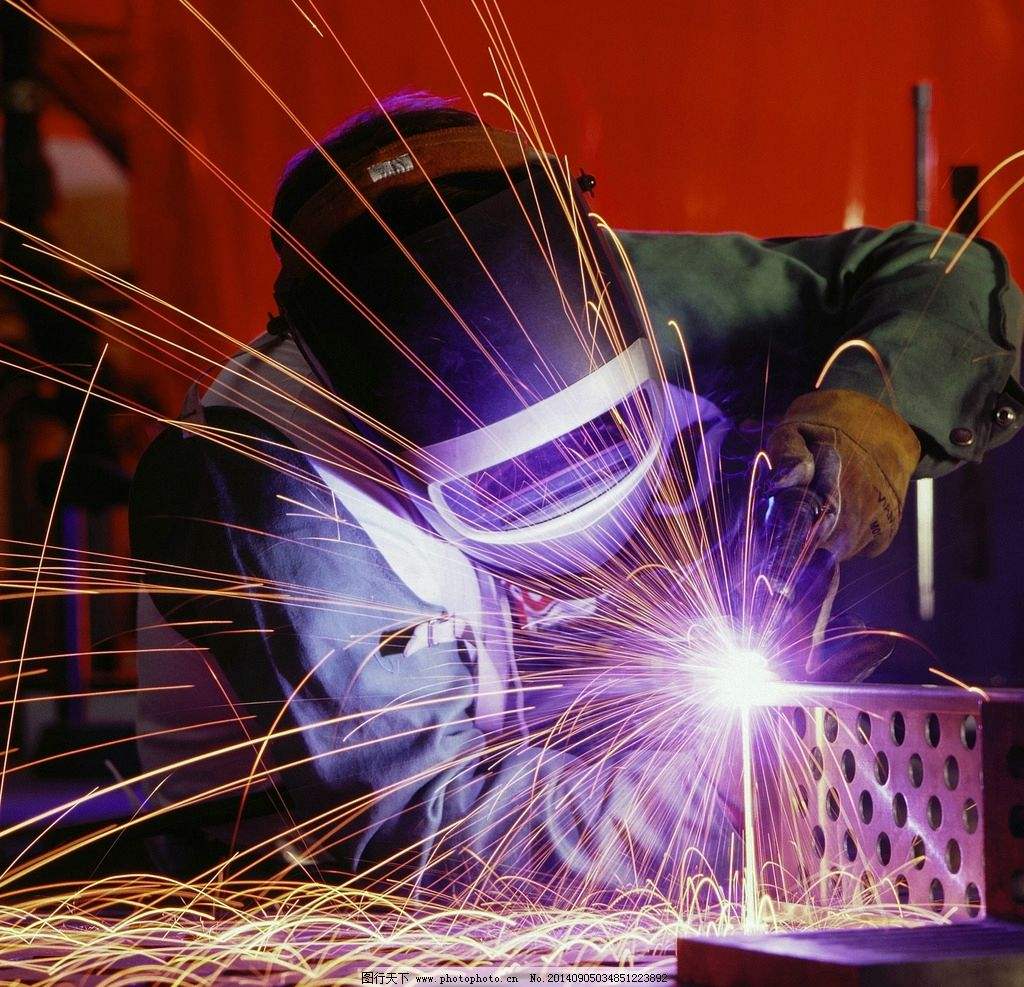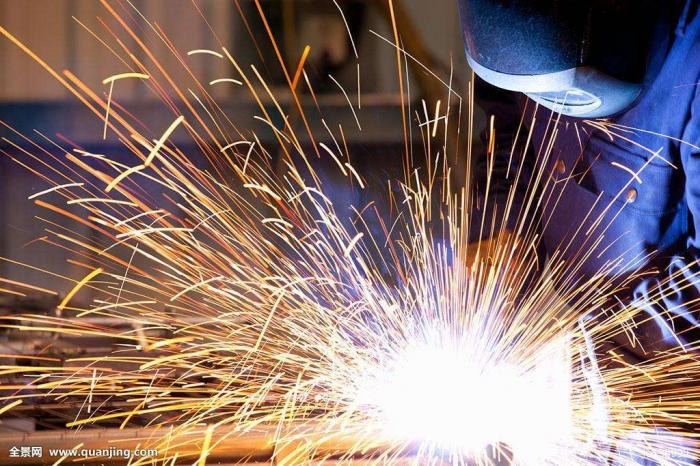There are many matters needing attention in the welding process of welded structural parts, once neglected, it may lead to big mistakes. Based on my years of experience in steel structure manufacturing, I have sorted out the matters that are easily ignored in the manufacture of welded structural parts, and shared with you.

■No attention have been paid in choosing the
best voltage
Phenomenon and harmfulness: Priming weld seam, filling, covering, regardless of the groove size, all choose the same arc voltage in welding, It could not meet the requirements of the width and depth of molten, and cause undercut, porosity, splash and other defects.
Preventive measures: Generally, the corresponding long arc or
short arc should be selected according to different conditions, so that better welding
quality and work efficiency can be obtained. Such as backing welding in order
to get good penetration, should use short arc operation; Filling welding or
cover surface welding, in order to get higher efficiency and weld width , arc
voltage can be appropriately increased.
■No attention have been paid in controlling the arc
length
Phenomenon and harmfulness: The arc length is not adjusted properly according to groove type, welding layer number, welding form and electrode type. Because of the improper use of welding arc length, it is difficult to obtain high quality weld.
Preventive measures: In order to
ensure the quality of welding seam, short arc operation is usually used in
welding, but suitable arc length can be selected according to different
conditions to obtain the optimal welding quality, For example, the first layer
of V-groove butt and corner joint should use shorter arc to ensure penetration
without undercutting. The second layer can be slightly longer to fill the weld.
When the weld gap is small, short arc should be used. When the gap is large,
the arc can be slightly longer and the welding speed is accelerated. The arc
should be the shortest for face upward welding to prevent molten iron from
falling down; In order to control the pool temperature, small current and short
arc welding should also be used for vertical and transverse welding. In
addition, no matter what welding method is adopted, the arc length should be
kept basically unchanged during the movement, so as to ensure that the weld
width and penetration are consistent.
■The size of the weld joint for the
fusion butt joint or the angle butt joint is not enough.
Phenomenon and harmfulness: T-joints, cross joints, corner joints, etc. require penetration of butt or corner butt welds, and their foot size is insufficient, or the weld foot size of the web and upper flange joints of crane beams or similar components with fatigue checking requirements by design is not enough, so that the strength and stiffness of the welding cannot meet the design requirements.
Preventive measures: T-joints, cross joints, corner joints and other butt-weld combinations
requiring penetration shall be in accordance with the design requirements and
must have sufficient weld height requirements,in general ,the
general weld height shall not be less than 0.25t (t is the thinner plate
thickness at the junction). The weld height of the web and upper flange joints
on crane girders or similar structures with fatigue checking requirements is
0.5t, and should not be greater than 10mm. The allowable deviation of the weld
size is 0 ~ 4mm.
■For the
multi-layer welding, the next layer welding is carried out without removing the
last layer welding slag or repairing last layer welding defects.
Phenomenon and harmfulness: In multi-layer welding of thick plate, if the next layer welding will be carried directly without removing the slag and defects after each layer welding, which will easily lead to slag inclusion, pore, crack and other defects in the weld, and it will reduce the connection strength, and cause spatter in the next layer welding.
Preventive measures: In multi-layer welding of thick plate, each layer of welding should be continuously welded. After welding of each layer, weld slag, weld surface defects and spatter should be removed. Defects, such as slag inclusion, pore and crack, should be thoroughly removed before welding the next layer weld.
■Discontinuous welding during multilayer welding, and no attention is paid in controlling interlayer temperature.
Phenomenon and harmfulness: In multi-layer welding of thick plate, no enough attention being paid to the temperature control between layers, for example, if the time interval is too long, if the welding seam area is not preheated, it is easy to produce cold cracks between the layers; if the time interval is too short and interlayer temperature is too high(over 900ºC ), It also affects the properties of welds and heat affected zones, resulting in coarse grains, decreased toughness and plasticity, and potential hazards to joints.
Preventive measures: In multi-layer welding of thick plate, the control of interlayer temperature should be strengthened. In the process of continuous welding, the base metal temperature should be checked and try to keep the interlayer temperature same as the preheating temperature, the maximum temperature between layers should also be controlled. Welding time should not be too long. In case of welding interruption, appropriate post-heating and heat preservation measures should be taken. When re-welding, the re-heating temperature should be appropriately higher than the initial pre-heating temperature.
■No attention is paid to controlling welding deformation during welding
Phenomenon and harmfulness: During welding, deformation is not controlled from aspects such as welding sequence, personnel arrangement, and groove form, welding specification selection and operation method, as a result, the welding deformation is large and the correction is difficult, and the correction cost is increased, especially for the thick steel plate components and large structural parts, which makes the correction more difficult. Mechanical correction can easily cause crack or lamellar tear, and high cost by flame correction, and also improper operation of flame correction can easily cause overheating of workpiece. For the workpiece with high precision, if effective deformation control measures are not taken, the installation size will not meet the requirements, and even cause rework or scrap.
Preventive measures: Adopt reasonable welding sequence and proper welding specification and operation method, and adopt anti-deformation and rigid fixation measures.


